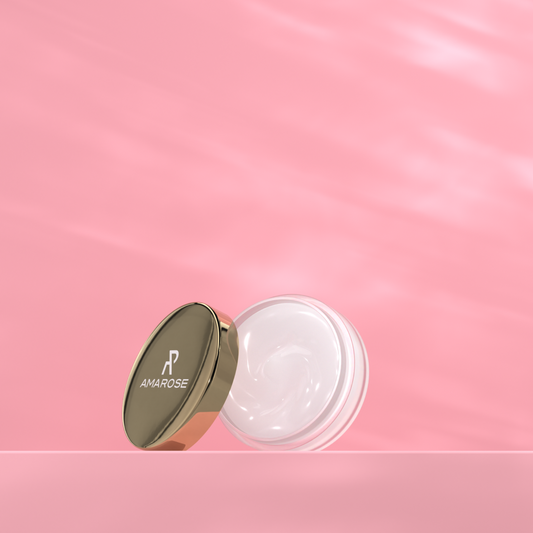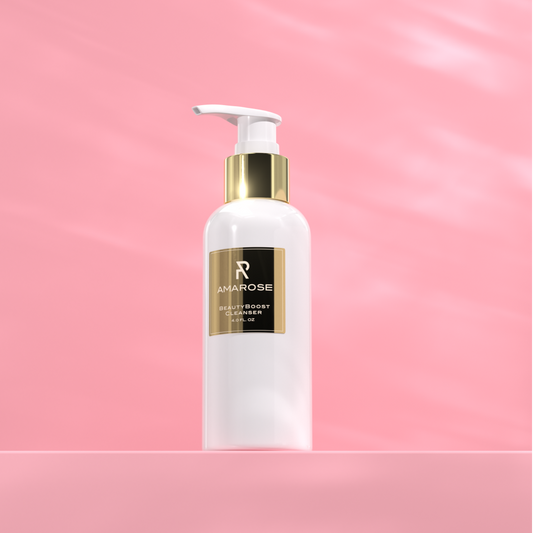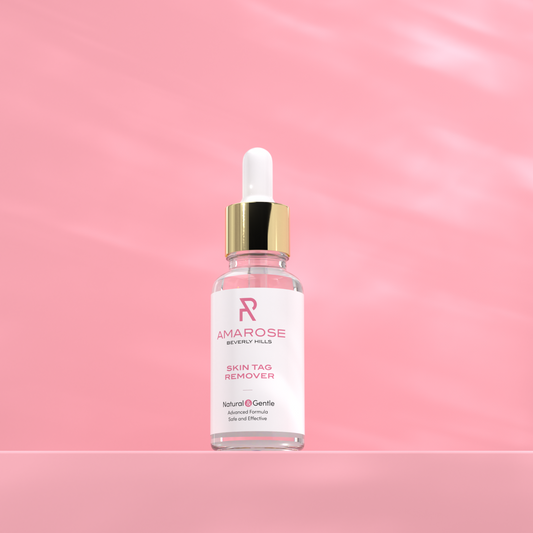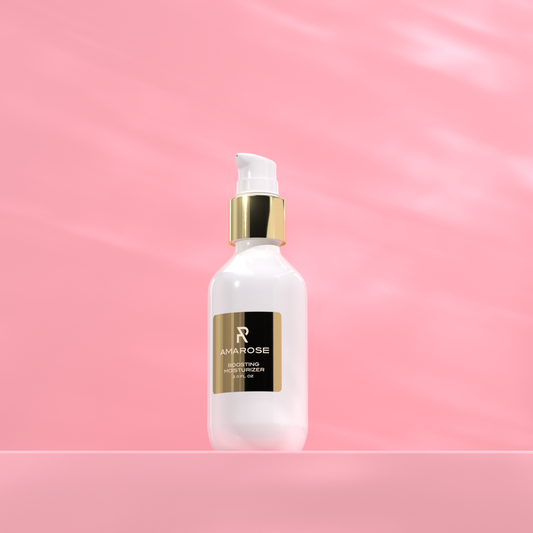

Why Does Comedonal Acne Appear on the Face?
If you've taken a close look in the mirror and you see that your skin looks rough and full of small flesh-colored or dark-colored bumps, especially on your chin, nose, and cheeks, you're probably dealing with comedones. And although they appear more on the face, they can also appear on the neck, chest, and back.
Why do comedones appear on the face?
Comedones are blockages of the pores (follicles) of the skin. They are a plug caused by oil accumulation, which prevents the sebaceous gland from draining.
When oxidized, they become dark, with a blackish hue. When the sebum cannot escape, pimples appear, and if they become infected, they give rise to pustules.
Contrary to popular belief, they are not directly related to acne, but rather to excess oil, and are more frequent in hot weather.
Why do comedones appear on the skin?
Many causes provoke the appearance of comedones on the skin. For example, in adults, they appear due to hormonal factors, but also because of treatments that include steroid drugs, although antidepressants or antiepileptic drugs can also influence their appearance.
Other causes of comedones on the face are stress and premenstrual syndrome, but they also commonly occur in smokers.
In addition, comedonal acne is usually caused by inadequate skin care, as well as excessive washing of the skin, humidity in the environment, and excessive use of moisturizers.
Finally, in certain people, the consumption of certain foods, such as fried foods, processed meats, sweets, and all foods rich in sugars, can cause it to appear.
Types of comedones
There are two types of comedones, open and closed, and their main difference is the color. Closed comedones are known as whiteheads.
In turn, open comedones are the so-called blackheads that acquire this color when they oxidize.
- Closed comedones
Known as blackheads or whiteheads, open comedones look like small bumps on the skin and may or may not have the so-called whitehead, although they are not surrounded by a reddened area. The difference with open comedones is due to the fact that the skin grows over the sebum plug that forms in the clogged pore, enclosing microorganisms and giving rise to closed comedones.
The pore is clogged by the presence of sebum and dead cells. The sebum that reaches the surface accumulates and hardens, favoring the proliferation of bacteria.
In adolescents, smokers, and adults with oily skin, sebum production is accelerated and this makes them prone to the appearance of comedones.
- Open comedones
These are the so-called blackheads. Their color is mainly due to the oxidation of fats and melanin, as they are exposed to the air. Although they are more of an aesthetic problem, they do not represent a serious skin problem. Their appearance is caused by some topical products, such as creams and make-up containing fats.
How can we treat comedones on the face?
Comedones are unsightly, so much so that it is tempting to stand in front of the mirror and try to remove them, but this is not advisable.
You can hurt your skin, causing marks and lesions that are difficult to treat later, and you can even infect them and cause further problems.
To remove them, it is better to go to a specialist, who can recommend a facial cleansing routine appropriate to the problem you have and suit your skin type.
Why do blackheads appear on the face?
Facial cleansing is one of the best ways to treat and prevent comedones. A strict cleansing routine twice a day, morning and evening, using non-comedogenic products.
Cleansing gels and lotions for acne prone skin will help you achieve your goals. These products cleanse the skin of your face gently, but without drying, and while removing impurities and excess sebum, they reduce blackheads and excess shine.
After cleansing, apply a moisturizing lotion to your face, such as to repair and hydrate the skin with a light, non-greasy, and non-sticky texture. Moisturizing lotions help reduce blemishes and imperfections and are designed for day and night use.
To correct imperfections, consider adding serums to your skincare routine. Choose a non-comedogenic treatment that reduces excess sebum, decongestes clogged pores, improves the appearance of blemishes and imperfections, and evens skin tone.
Serums are especially recommended for reducing the visible signs of aging for all skin types.
Final Word
Comedones are a type of acne caused by sebum accumulation in the skin pores (follicles).
They can be open comedones with black color black due to oxidation of the sebum, and closed comedones containing white puss, but no redness on the side.
The best way to prevent them is by cleansing the face twice a day and following an adequate skincare routine for your skin type and condition.



